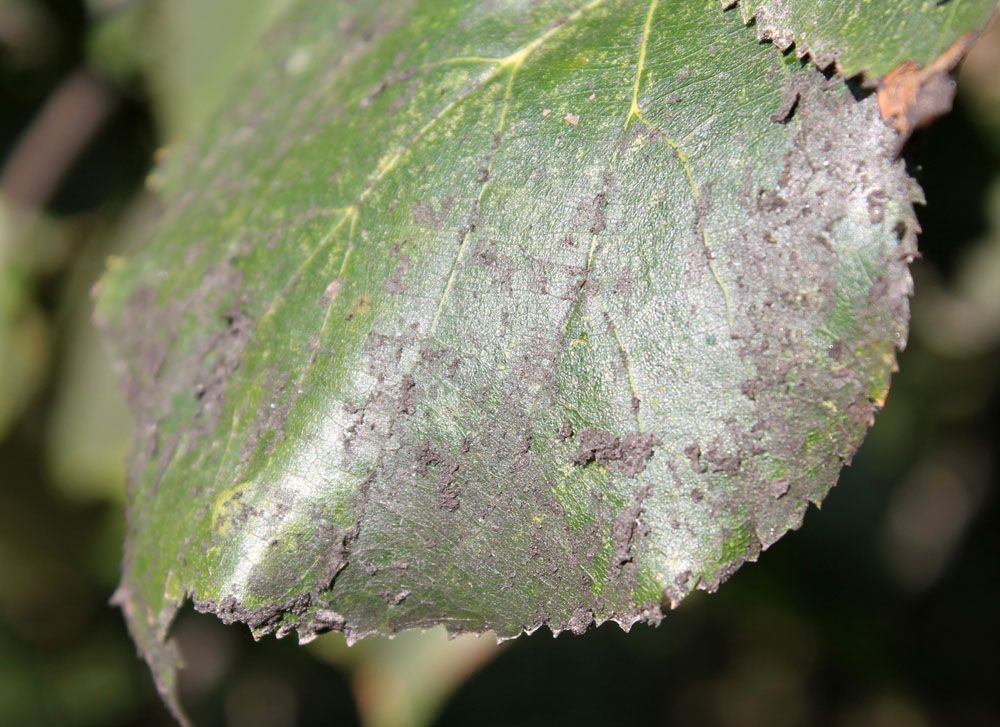
Sooty Mold
Sooty mold (Capnodium spp., Fumago spp)
If your crop has started to seem like it has been sitting close to a fire and is now covered in black soot, it is most likely suffering from sooty mold. Getting rid of sooty mold might be a puzzling topic since it arises seemingly out of nowhere, but it is a fixable issue.
What is Sooty Mold?
Sooty mold is a plant mold that develops in the honeydew or secretions of several common plant pests, including aphids and scale. Many sooty mold fungi are sticky, which aids in adhering to the surfaces on which they grow and absorbing the moisture they require. When sunlight is impeded, the black crusty growth can cause the browning of the leaves. The presence of dark-colored pigments in mycelial “threads” causes the dark hue of sooty mold development.
Life Cycle of mold:
There are two forms of sooty mold development. The first is found on leaves and lasts for the life of the leaf. The second kind lives on the stems and twigs of woody plants and is replenished by existing fungal pieces generated the previous season. During the growth season, fungus generates spores blown and splattered onto honeydew or plant exudate-covered surfaces. When the circumstances are moist, the spores germinate, and sooty mold develops on the available medium. Warm temperatures and dry conditions promote the growth of sooty mold. During dry seasons, aphid populations and honeydew production generally rise on moisture-stressed plants. Furthermore, less rain is available in dry conditions to eliminate or dilute honeydew concentrations ideal for sooty mold development on leaves and other surfaces.
Damages caused by sooty mold:
Many molds cause this issue, but they all thrive in a sugar or honeydew coating that insects have deposited. If the bug problem is resolved, the sugar accumulation will stop, and the sooty mold will disappear. Fungi that produce sooty mold do not directly harm plants but instead receive their nutrition from honeydew. Although the fungus does not eat on the plants, they can detract from their attractiveness and, if the mold concentration is high enough, shade off enough light to yellow and stunt the plant. In difficult situations, the plant or plant components may perish. However, this is most often due to insect damage.
How can control by Sooty Mold:
- Controlling plant mold, such as sooty mold, is best accomplished by addressing the cause of the problem. These are the bugs that emit the honeydew that mold needs to survive. Determine which pest you have before eradicating it from your plant. Once the insect issue has been resolved, the sooty plant’s mold growth may be simply washed away from the leaves, stems, and branches.
- Neem oil is an excellent remedy for both insect and fungal problems.
- Spraying insecticidal soap on the foliage might help soften the sooty covering. Spray late in the day to keep the soap wet as long as necessary. If you can spray a few hours before a big rain, the rain will be more effective in removing the sooty mold.
